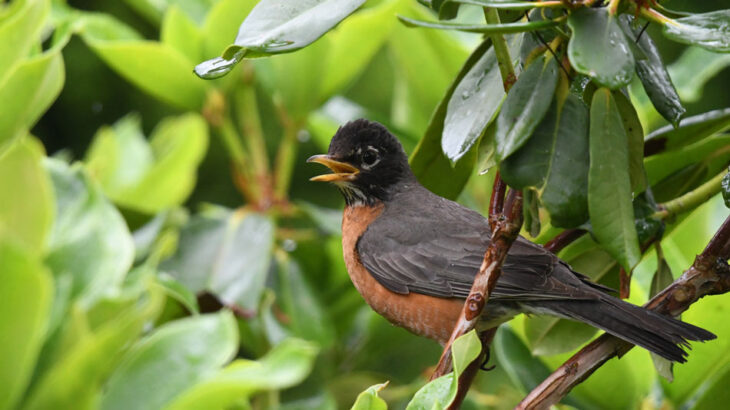As homes and commercial buildings crop up in ever greater numbers, consuming hundreds of acres of woodlands and wetlands, wildlife is struggling to find places to live. Summer is a wonderful time to get outside with your children and create a wildlife habitat in your backyard.
A backyard refuge for birds, bees and small animals is a very easy and cheap way to coexist with our furry and winged friends.
To attract and assist wildlife, you must provide food, water, shelter and space.
FOOD
Provide at least three of the following:
- Perennials: These plants return each year and include Indian blanket, day lilies, gaura, Stokes aster, coreopsis, iris, yarrow, goldenrod and many others available locally.
- Annuals: These plants complete their life cycle within one growing season and include inpatients, vinca, penstemon, lavender and basil.
- Biennials: These plants typically complete their growing season within two years and include foxglove and Queen Anne’s lace.
Here are some additional food-related factors to consider:
- Does your property provide trees and shrubs for leaves and berries? Three or more allows more diversity of insects, birds and small animals. Ink berry holly, pine trees, wax myrtle and tulip poplar are a few shrubs and trees native to our area.
- Does your property provide feeders, like bird feeders, suet feeders and hummingbird feeders? One or more should be available.
- Water sources, natural or man-made, are necessary for drinking and bathing. Does your property provide water sources year-round?
SHELTER
Wildlife needs shelter to raise their young and escape the elements. Provide at least two of the following: evergreens, dead trees or logs, brush or leaf piles, dense shrubs and/or rock piles. As you trim shrubs and tree limbs, pile these up to create an easy, fast and inexpensive wildlife habitat.
SPACE
What sustainable practices do you use or could you employ? Sustainable practices include:
- No-mow areas
- Refraining from or selectively using herbicides and pesticides. The fewer chemicals used, the better and safer for small animals and valuable insects and/or pollinators.
For further information and resources, refer to the following organizations and agencies: National Garden Clubs Inc., Garden Clubs of Mississippi Inc., National Wildlife Federation, Mississippi State University and The National Audubon Society. Spend this summer having fun with your children while helping Mother Nature and the wildlife with whom we share our world.



